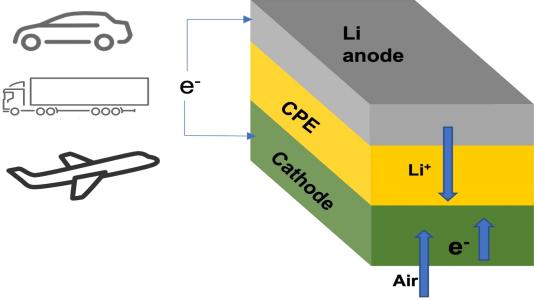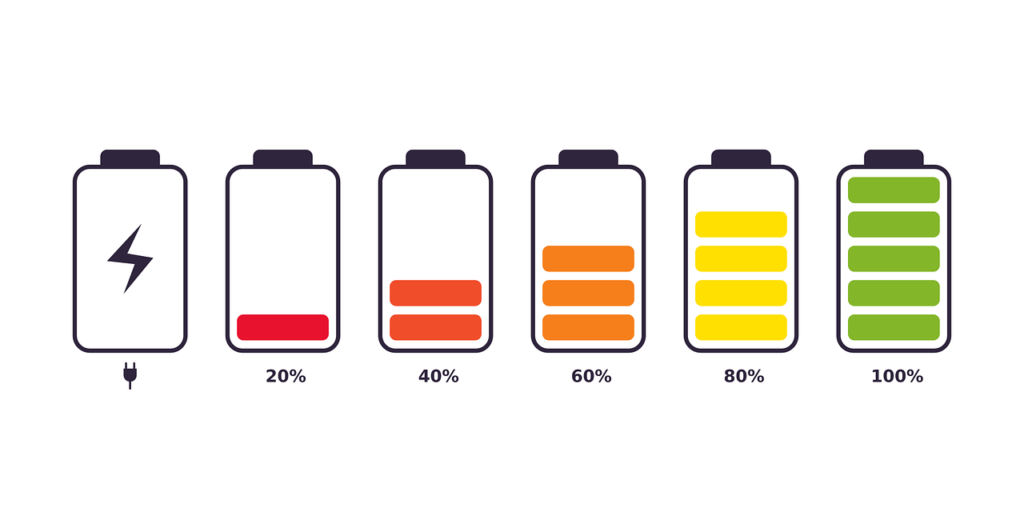Cover image by Dimitri K from Pixabay
The Illinois Institute of Technology (IIT) and the US Department of Energy’s Argonne National Laboratory have devised a lithium-air battery that they claim has four times the density of current batteries.

Scientists behind this project said this lithium-air battery would have enough power for long-haul trucks and domestic flights (with over 1,600 kilometres of range) and would mean a seismic shift for the whole transport industry.
At the same time, researchers affirm that this fresh type of battery, apart from holding more energy, is way more reliable and reduces the risk of fire.
Larry Curtiss, an Argonne Distinguished Fellow, stated that for over a decade, experts had been working to develop a lithium battery which could use the oxygen in the air.
A key element here is the switch from a liquid to a solid electrolyte, which not only improves the stability of the battery but also multiplies its power efficiency.
“The lithium-air battery has the highest projected energy density of any battery technology being considered for the next generation of batteries beyond Li-ion.”
Today’s Focus of Attention is reader-supported. We sometimes include products we think are useful for our readers. If you buy through links on this page, we may earn a small commission.
How Do Lithium-Air Batteries Work?

This ingenious battery comprises a lithium metal anode, an air-based cathode, and a solid ceramic polymer electrolyte.
“The team’s new solid electrolyte is composed of a ceramic polymer material made from relatively inexpensive elements in nanoparticle form. This new solid enables chemical reactions that produce lithium oxide (Li2O) on discharge.”
Researchers have already tested a battery cell for 1,000 cycles in the lab, but the real challenge is getting lithium-air batteries all set for commercial use.
While the lithium-air battery has potential, the investigators are not sure when this technology will be ready to debut since there’s still a lot to do.
Lithium-Air Energy Density Performance

According to IIT, the novel lithium-air battery has reached 675 watt-hours per kilogramme, which almost triples the 250 Wh/kg of the current Li-ion batteries used in cars. But they’re not done yet.
Curtiss declared that, with further development, they expect their recent design to reach an energy density of 1,200 watt-hours per kilogramme.
“That is nearly four times better than lithium-ion batteries.”
This is another breakthrough we must keep an eye on. Scientists all over the world are developing other technologies and different batteries to replace or improve the present Li-ion ones in the not-too-distant future.
Let’s not forget all the advancements in the hydrogen industry either; this promising technology is gaining momentum with hundreds of projects worldwide working to produce hydrogen from renewable sources.
The point here is to get rid of fossil fuels as soon as possible because if we don’t do it, we could fall into the abyss of a climate catastrophe, threatening our health and our very existence on this planet.


